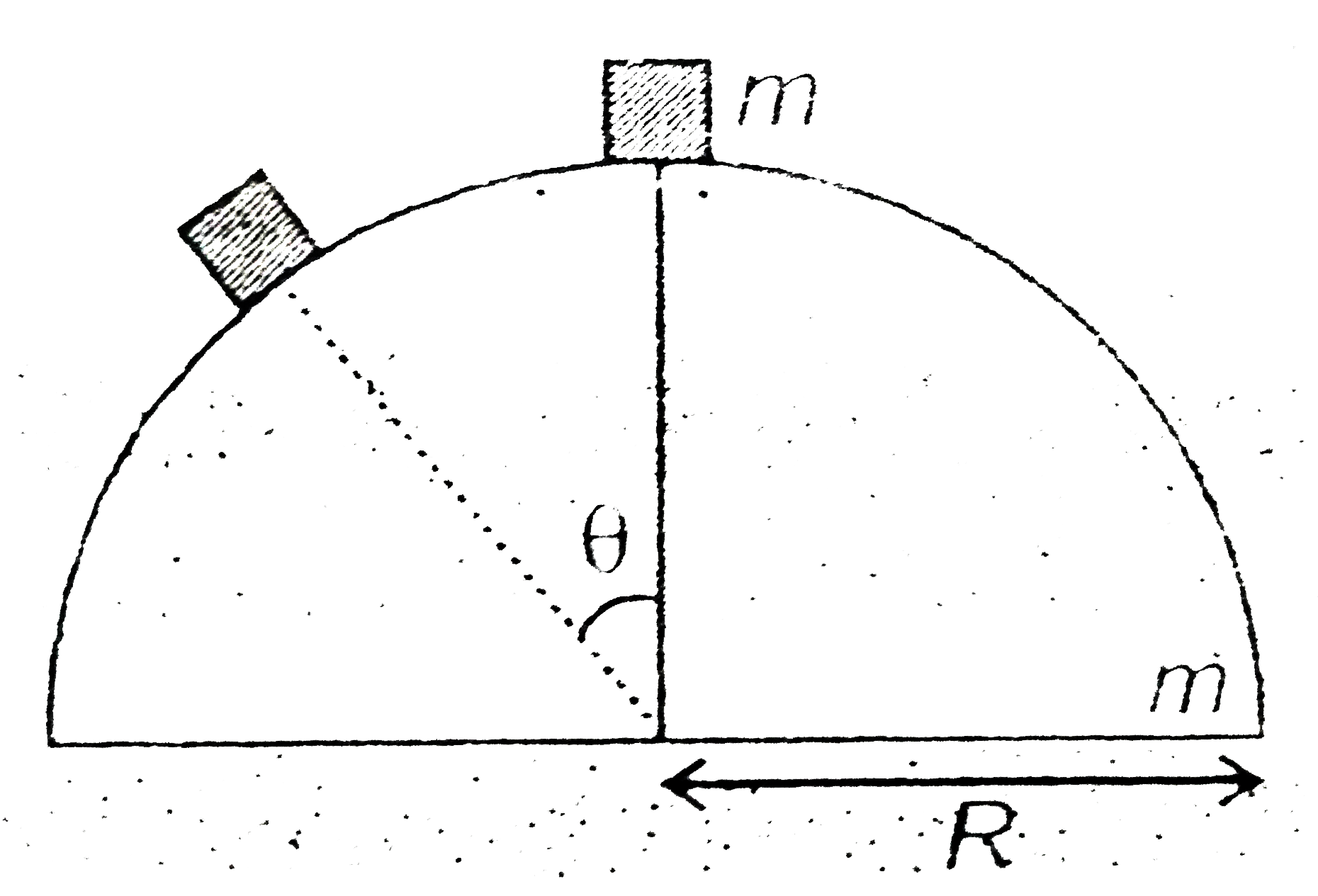In Young.s double slit experiment using monochromatic light of wavelength 600 nm, 5th bright fringe is at a distance of 0.48 mm from the centre of the pattern. If the screen is at a distance of 80 cm from the plane of the two slits, calculate :
Fringe width, i.e., fringe separation.
To solve the problem of calculating the fringe width in Young's double slit experiment, we will follow these steps:
Given Data:
- Wavelength (λ) = 600 nm = 600×10−9 m
- Distance of the 5th bright fringe from the center (y₅) = 0.48 mm = 0.48×10−3 m
- Distance from the slits to the screen (D) = 80 cm = 0.80 m
Step 1: Understand the relationship between fringe width and the given parameters
The fringe width (β) in Young's double slit experiment is given by the formula:
β=λDd
where:
- λ = wavelength of the light
- D = distance from the slits to the screen
- d = distance between the two slits
Step 2: Find the distance between the slits (d)
From the formula for the position of the nth bright fringe:
yn=nλDd
For the 5th bright fringe (n = 5):
y5=5λDd
Rearranging this gives:
d=5λDy5
Step 3: Substitute the known values
Substituting the known values into the equation:
d=5×(600×10−9)×(0.80)0.48×10−3
Step 4: Calculate d
Calculating the above expression:
d=5×600×10−9×0.800.48×10−3
=5×600×0.800.48×10−6
=24000.48×10−6
=5000×10−6=5×10−3 m=5 mm
Step 5: Calculate the fringe width (β)
Now, we can calculate the fringe width using the value of d we just found:
β=λDd
Substituting the values:
β=(600×10−9)×(0.80)5×10−3
Step 6: Calculate β
Calculating the above expression:
β=600×0.805×10−6
=4805×10−6
=96×10−6 m=9.6×10−5 m
Final Answer
The fringe width (β) is 9.6×10−5 m or 0.096 mm.
---
- Wavelength (λ) = 600 nm = 600×10−9 m
- Distance of the 5th bright fringe from the center (y₅) = 0.48 mm = 0.48×10−3 m
- Distance from the slits to the screen (D) = 80 cm = 0.80 m
The fringe width (β) in Young's double slit experiment is given by the formula:
β=λDd
where:
- λ = wavelength of the light
- D = distance from the slits to the screen
- d = distance between the two slits
From the formula for the position of the nth bright fringe:
yn=nλDd
For the 5th bright fringe (n = 5):
y5=5λDd
Rearranging this gives:
d=5λDy5
Substituting the known values into the equation:
d=5×(600×10−9)×(0.80)0.48×10−3
Calculating the above expression:
d=5×600×10−9×0.800.48×10−3
=5×600×0.800.48×10−6
=24000.48×10−6
=5000×10−6=5×10−3 m=5 mm
Now, we can calculate the fringe width using the value of d we just found:
β=λDd
Substituting the values:
β=(600×10−9)×(0.80)5×10−3
Calculating the above expression:
β=600×0.805×10−6
=4805×10−6
=96×10−6 m=9.6×10−5 m
The fringe width (β) is 9.6×10−5 m or 0.096 mm.
Similar Questions
In Young.s double slit experiment using monochromatic light of wavelength 600 nm, 5th bright fringe is at a distance of 0.48 mm from the centre of the pattern. If the screen is at a distance of 80 cm from the plane of the two slits, calculate :
Distance between the two slits.
View SolutionIn Young’s double slit experiment, using light of wavelength 600 nm, 10th bright fringe is obtained on a screen, 3mm from the centre of the pattern. If the screen is 120 cm away from the slits, calculate:
(i) Distance between the two slits,
(ii) Fringe width, i.e. fringe separation.
View Solution
Knowledge Check
In a Young's double slit experiment, (slit distance d) monochromatic light of wavelength λ is used and the fringe pattern observed at a distance D from the slits. The angular position of the bright fringes are
Asin−1(Nλd)Bsin−1⎛⎜ ⎜⎝(N+12)λd⎞⎟ ⎟⎠Csin−1(NλD)Dsin−1⎛⎜ ⎜⎝(N+12)λD⎞⎟ ⎟⎠
(a) In Young.s double slit experiment using monochromatic light of wavelength 600 nm, interference pattern was obtained on a scren kept 1.5 m away from the plane of the two slits. Calculate the distance between the two slits. Fringe separation/fringe width was found to be 1.0 mm.
(b) When a fish is observed underwater at depth of 3 m appears to be at a depth of 2 m. What is the refractive index of water ?
View SolutionFind the angular fringe width in Young's double slit experiment using a monochromatic light of wavelength 500 nm when the slits are separated by 2.5 mm.
View SolutionA particle is placed on the top of a hemispherical shell of same mass. Shell is free to move on the smooth ground. If particle is given a given a gentle push and reaches to angular position q as shown in figure then for an observer fixed on a shell, ratio of reaction force exerted by shell to pseudo force (as observed from shell) acting on particle, is

View SolutionIn Young.s double slit experiment, blue-green light of wavelength 500nm is used. The slits are 1.20mm apart, and the viewing screen is 5.40m away from the slits. What is the fringe width.
View SolutionIn Young.s double slit experiment, the 10th bright fringe is at a distance x from the central fringe. Then
a) the 10th dark fringe ia at a distance of 19x/20 from the central fringe
b) the 10th dark fringe is at a distance of 21x/20 from the central fringe.
c) the 5th dark fringe is at a distance of x/2 from the central fringe. d) the 5th dark fringe is at a distance of 9x/20 from the central fringe.
View SolutionIn Young's double slit experiment with a mono - chromatic light of wavelength 4000A∘, the fringe width is found to be 0.4 mm. When the slits are now illuminated with a light of wavelength 5000A∘ the fringe width will the
View SolutionIn Young.s double slit experiment, the screen is kept at a distance of 1.2 m from the plane of the slits. The two slits are separated by 5 mm and illuminated with monochromatic light having wavelength 60 nm. Calculate :
(i) Fringe width i.e., fringe separation of the interference pattern.
(ii) Distance of 10th bright fringe from the cente of the pattern.
View Solution
